The cosmos, as you have never seen it before
This year's shortlist for the Astronomy Photographer of the Year has been released, and the images are truly out of this world.

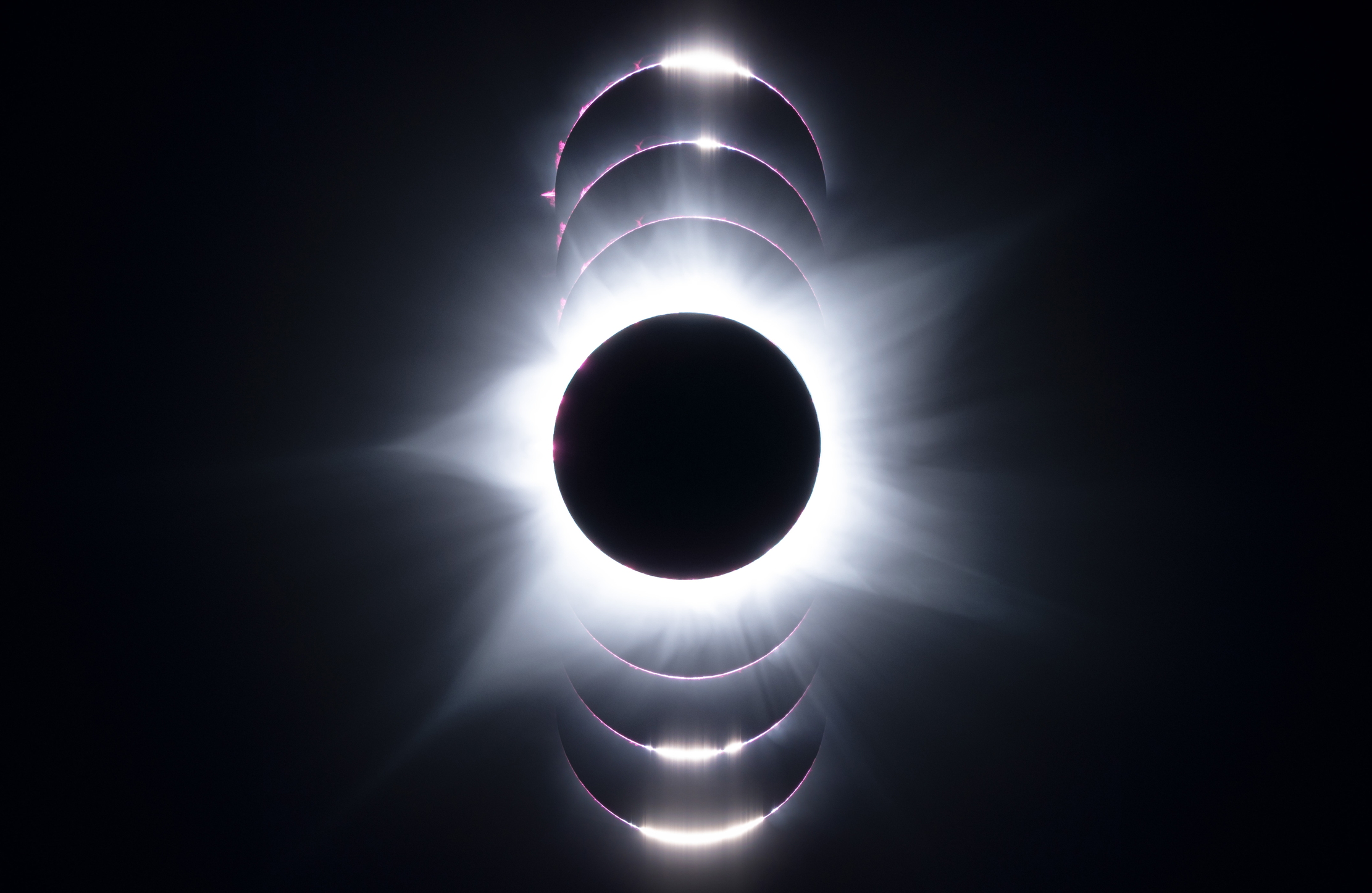
More than 3,500 entries from 58 countries were sent in this year to the Royal Observatory Greenwich’s Astronomy Photographer of the Year competition, which meant that the panel of expert judges had quite a task creating a shortlist.
Among the 30 extraordinary images that they selected is an image of an aurora in the shape of a dragon, taken during a geomagnetic storm at the Arctic Henge, Iceland; an abandoned house below the Milky Way in the middle of the Namib Desert; the Milky Way above the Roques de García in the Las Cañadas caldera, Tenerife; and a 62-second-long solar eclipse captured in Western Australia. Below are some of our favourites.
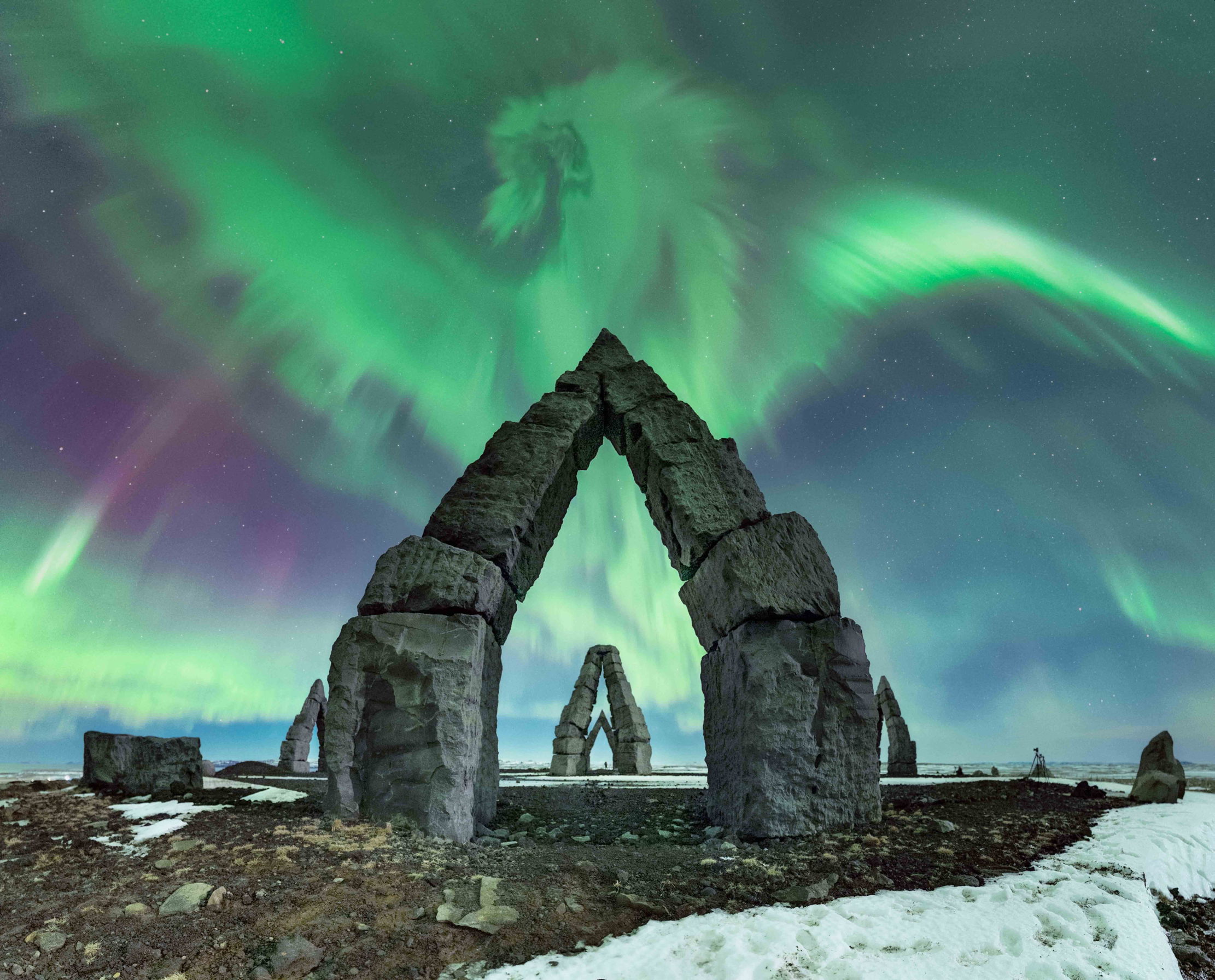
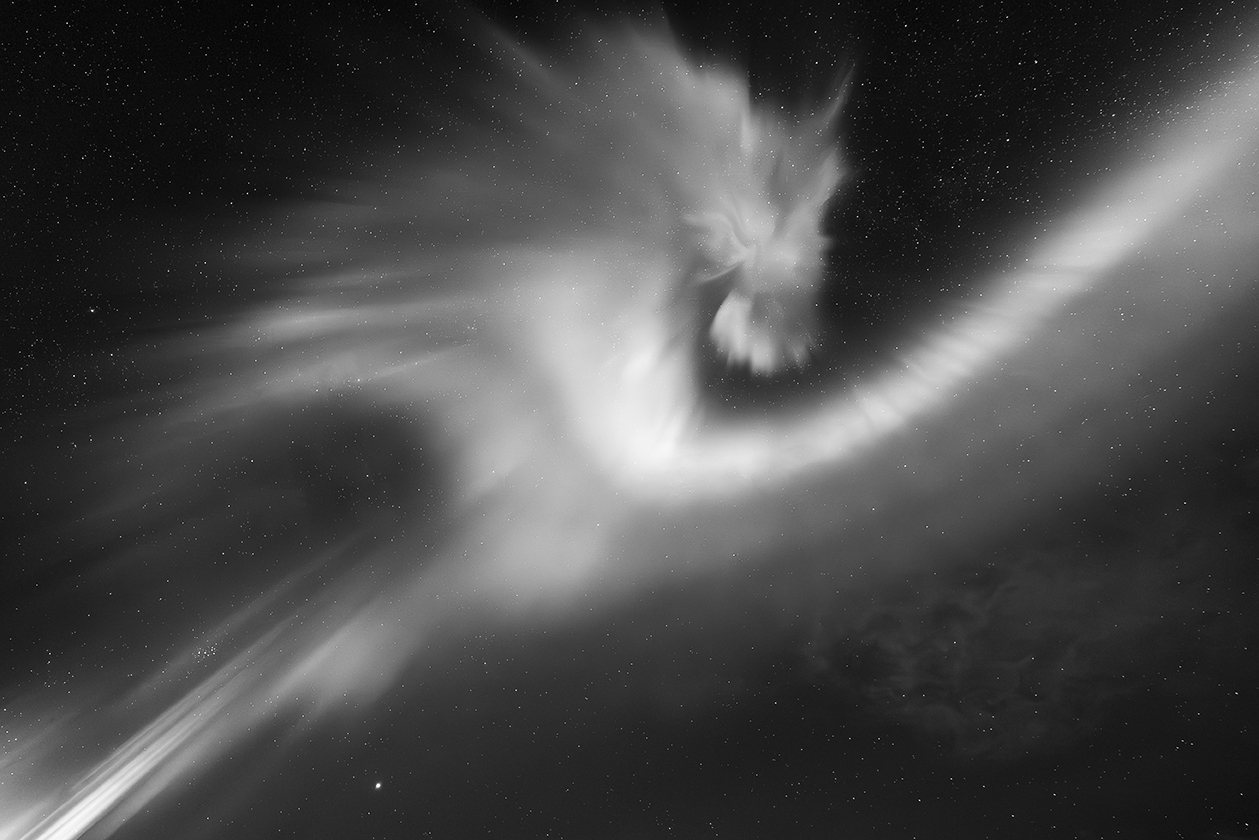
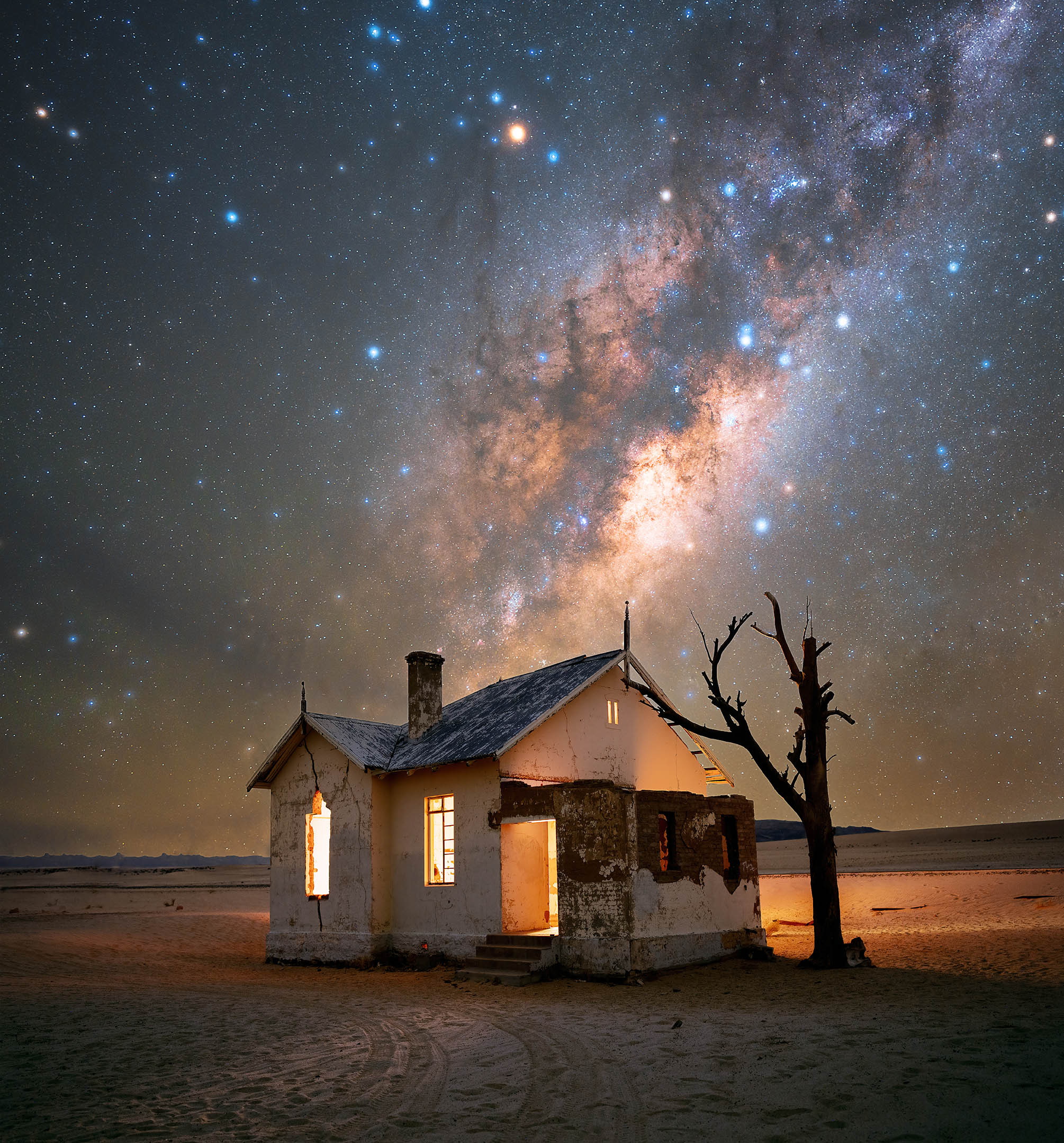
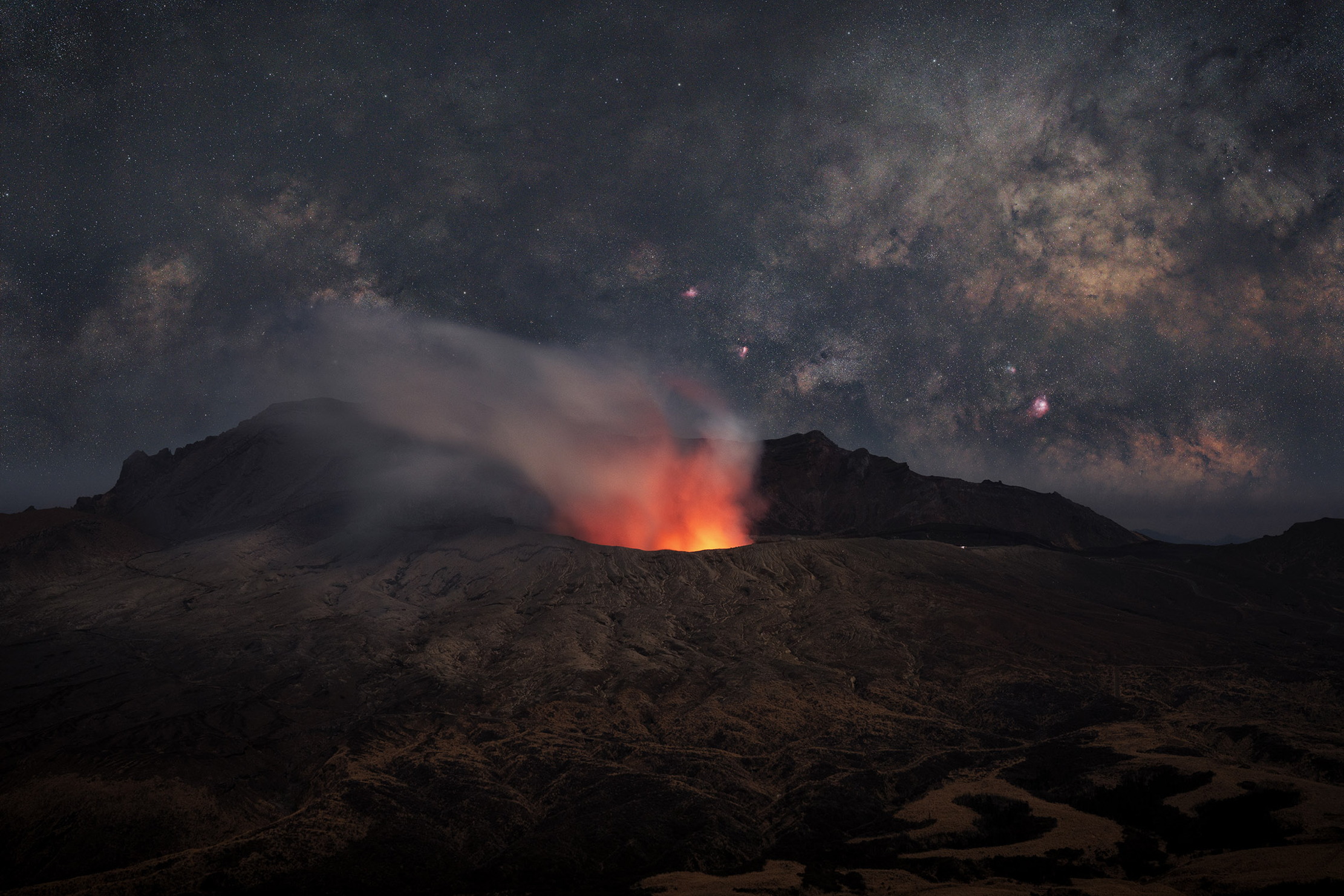
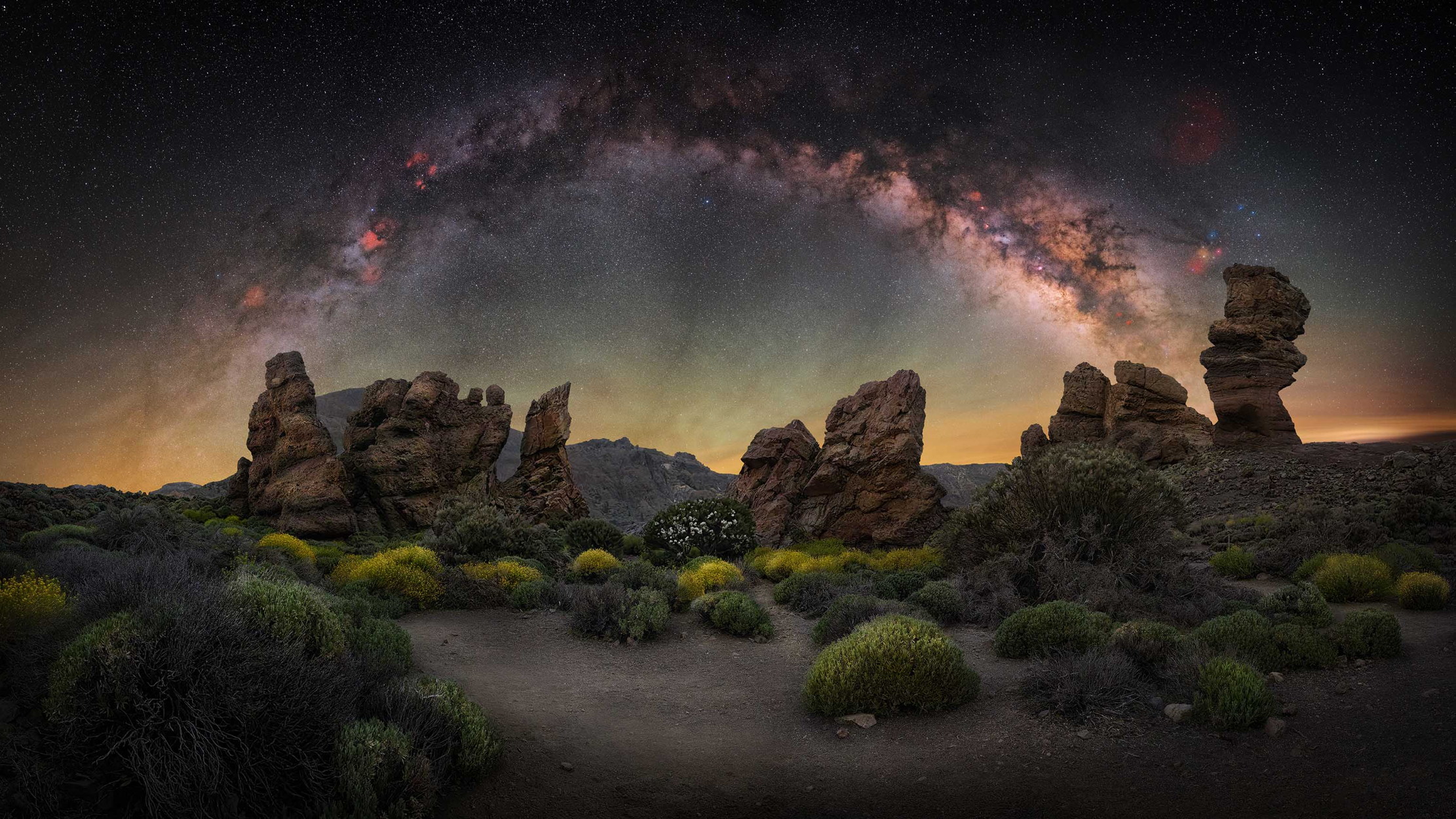
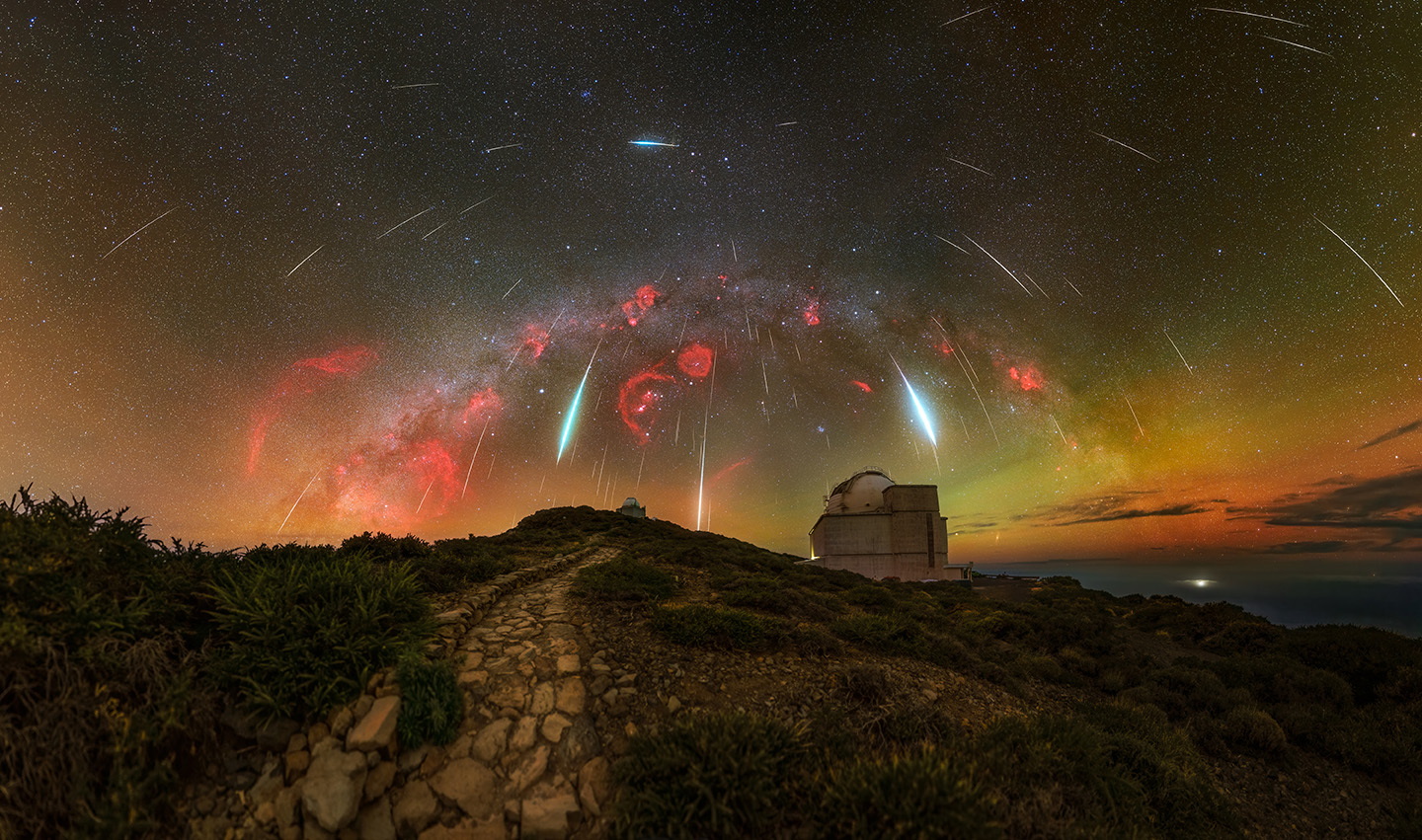
Both category and overall winners will be announced on September 12, with an exhibition of winners and shortlisted images opening at the National Maritime Museum, London SE10, on September 14 (currently, there is a show of last year’s competition, closing on August 27).
An accompanying book, Astronomy Photographer of the Year, Collection 13, will be published alongside the new exhibition (Collins, £30).
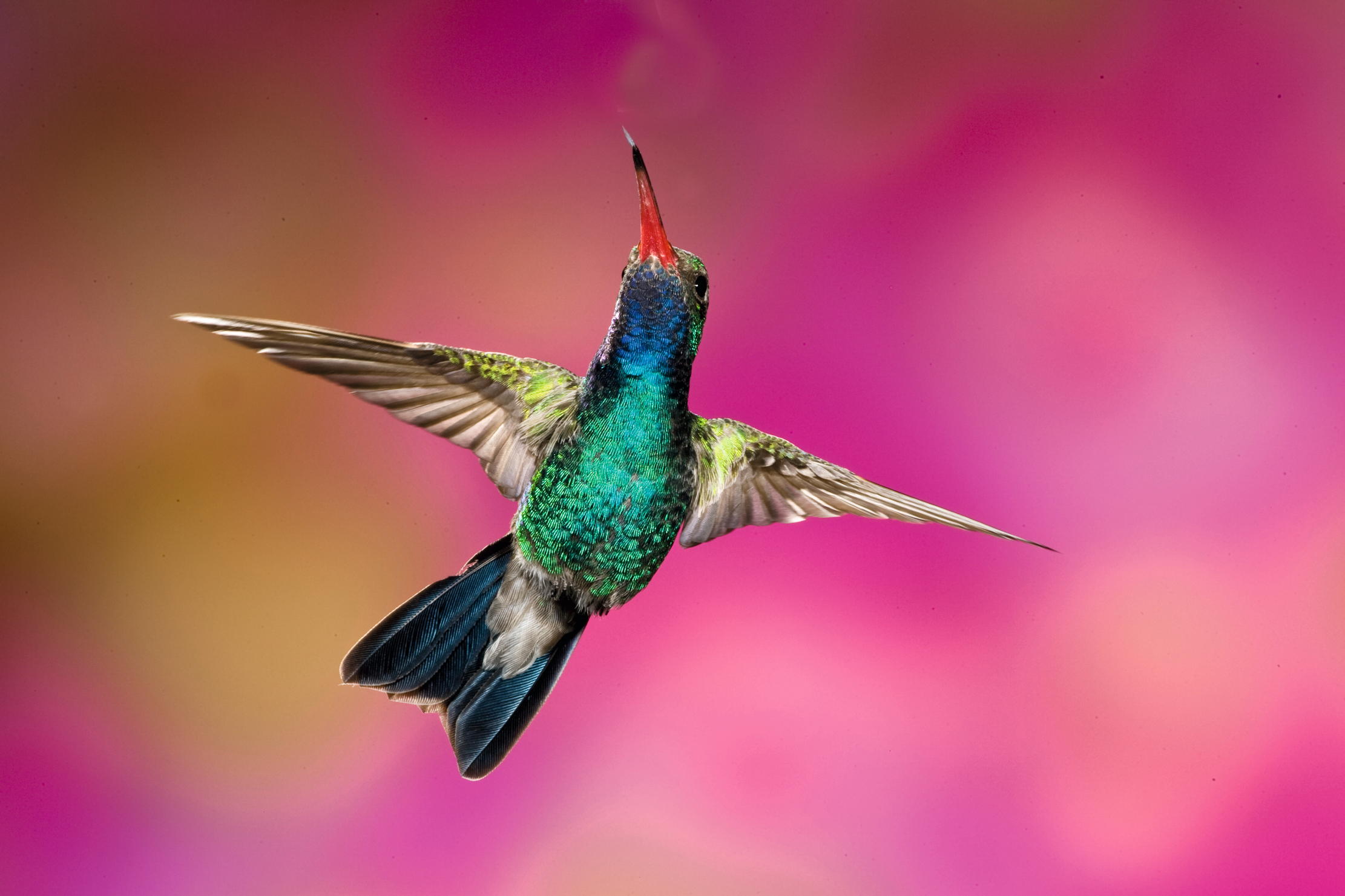
Iridescence: The greatest special effect in Nature
A lustrous play of colour alchemy, natural iridescence can intrigue, camouflage and incite desire. Laura Parker immerses herself in one
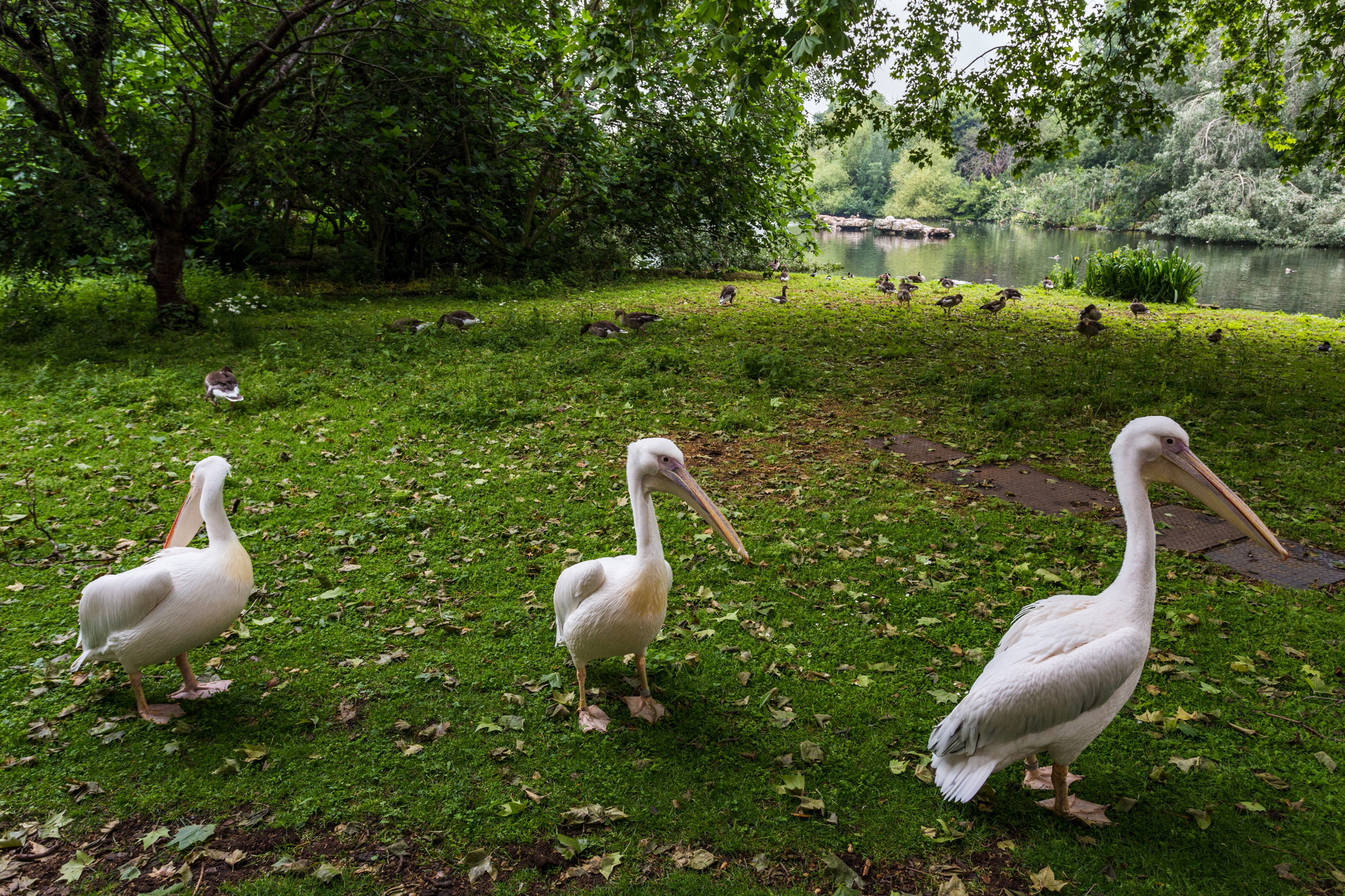
Credit: Michael Godek via Getty Images
A pheasant at Charing Cross Hospital and a woodcock at St Pancras: London's rarest birds revealed
The latest London Bird Report has some interesting findings.
Exquisite houses, the beauty of Nature, and how to get the most from your life, straight to your inbox.
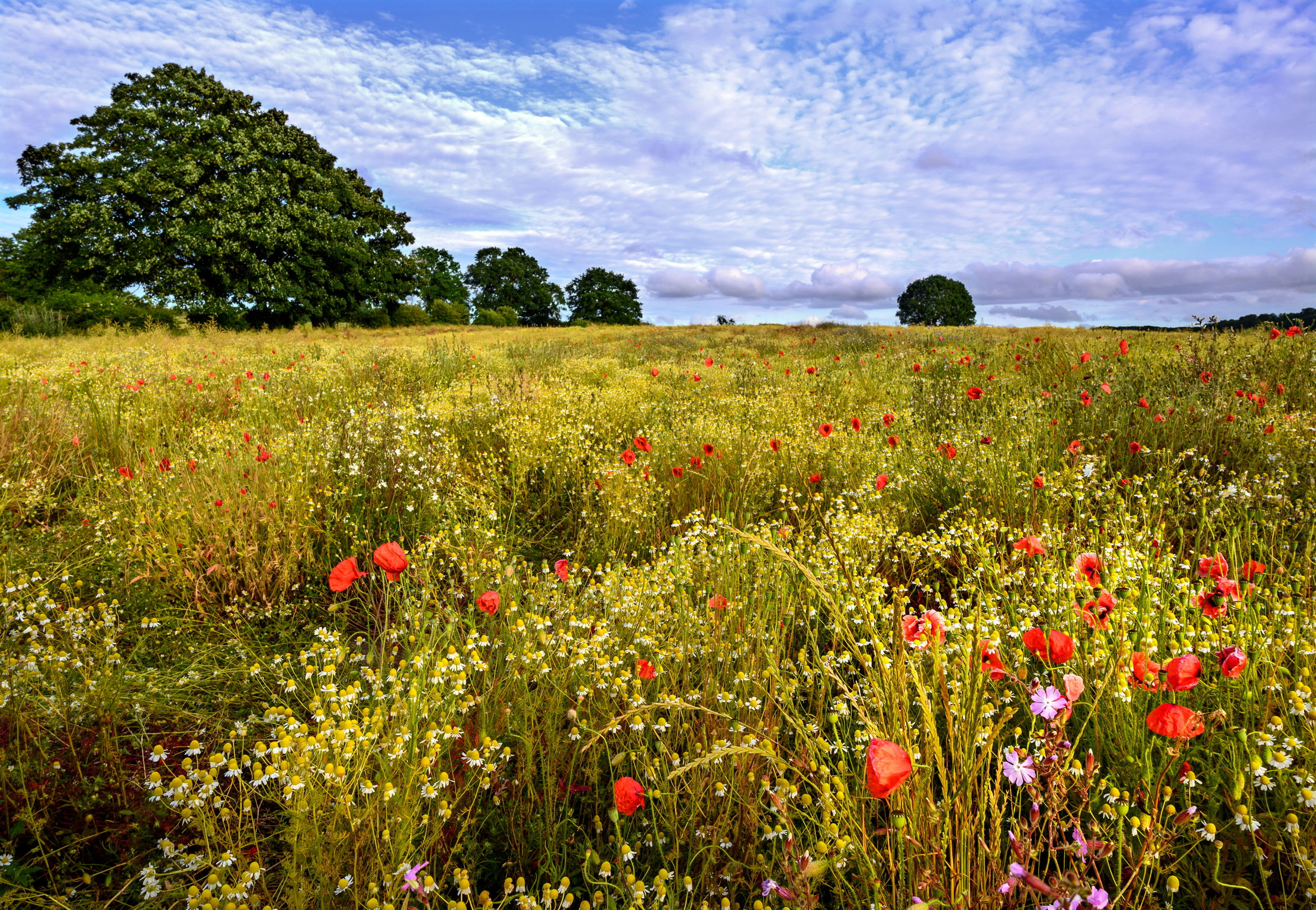
Credit: Jonathan Wilson/iStock via Getty Images
The truth about rewilding, by seven of Britain's most influential farmers, landowners and conservationists
Although the term 'rewilding' is contentious, most agree that our countryside could be better managed for wildlife. Yet what should
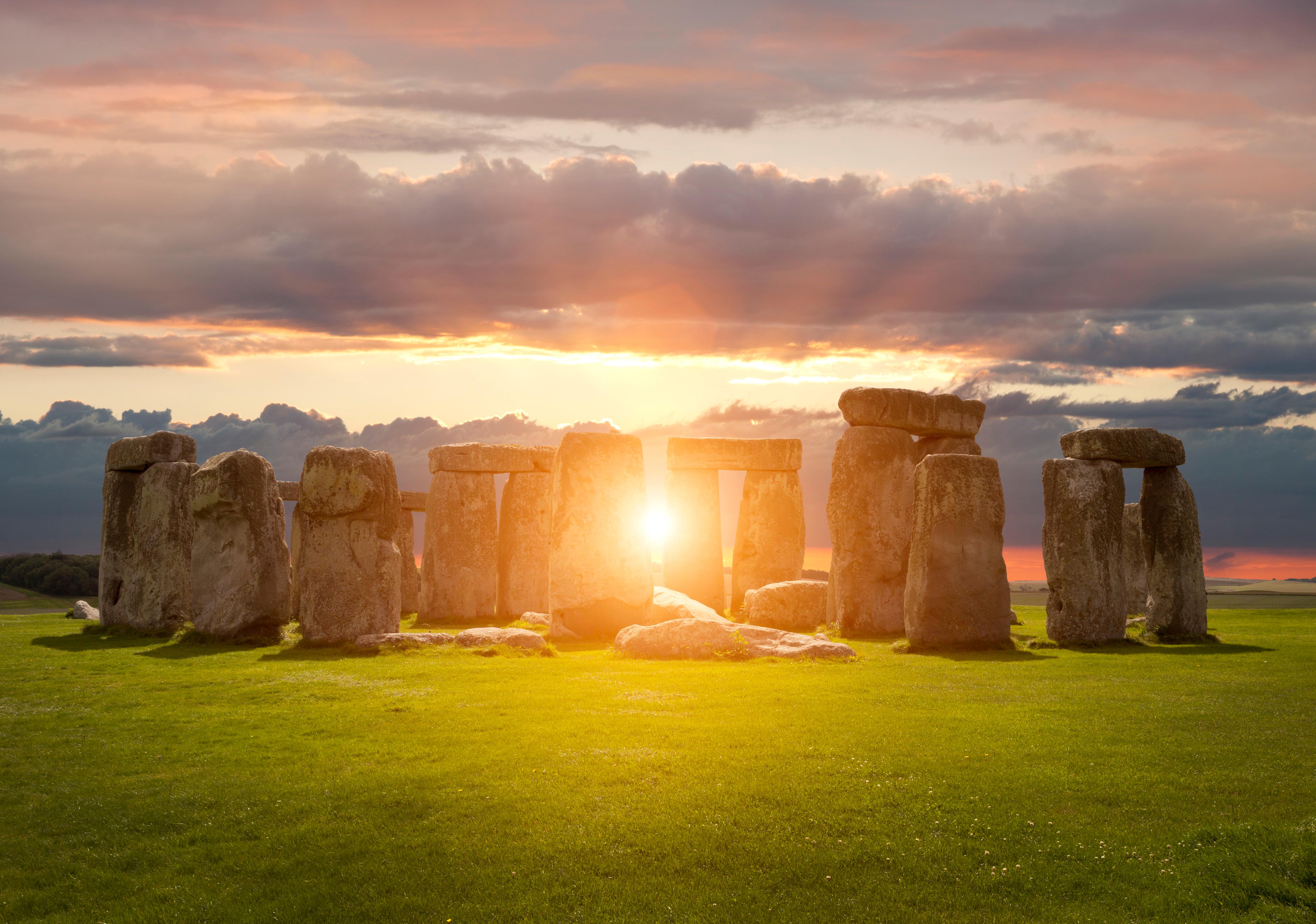
Curious Questions: When does summer actually start?
You'd think it would be simple. It's anything but, as Martin Fone discovers.
Annunciata is director of contemporary art gallery TIN MAN ART and an award-winning journalist specialising in art, culture and property. Previously, she was Country Life’s News & Property Editor. Before that, she worked at The Sunday Times Travel Magazine, researched for a historical biographer and co-founded a literary, art and music festival in Oxfordshire. Lancashire-born, she lives in Hampshire with a husband, two daughters and a mischievous pug.
